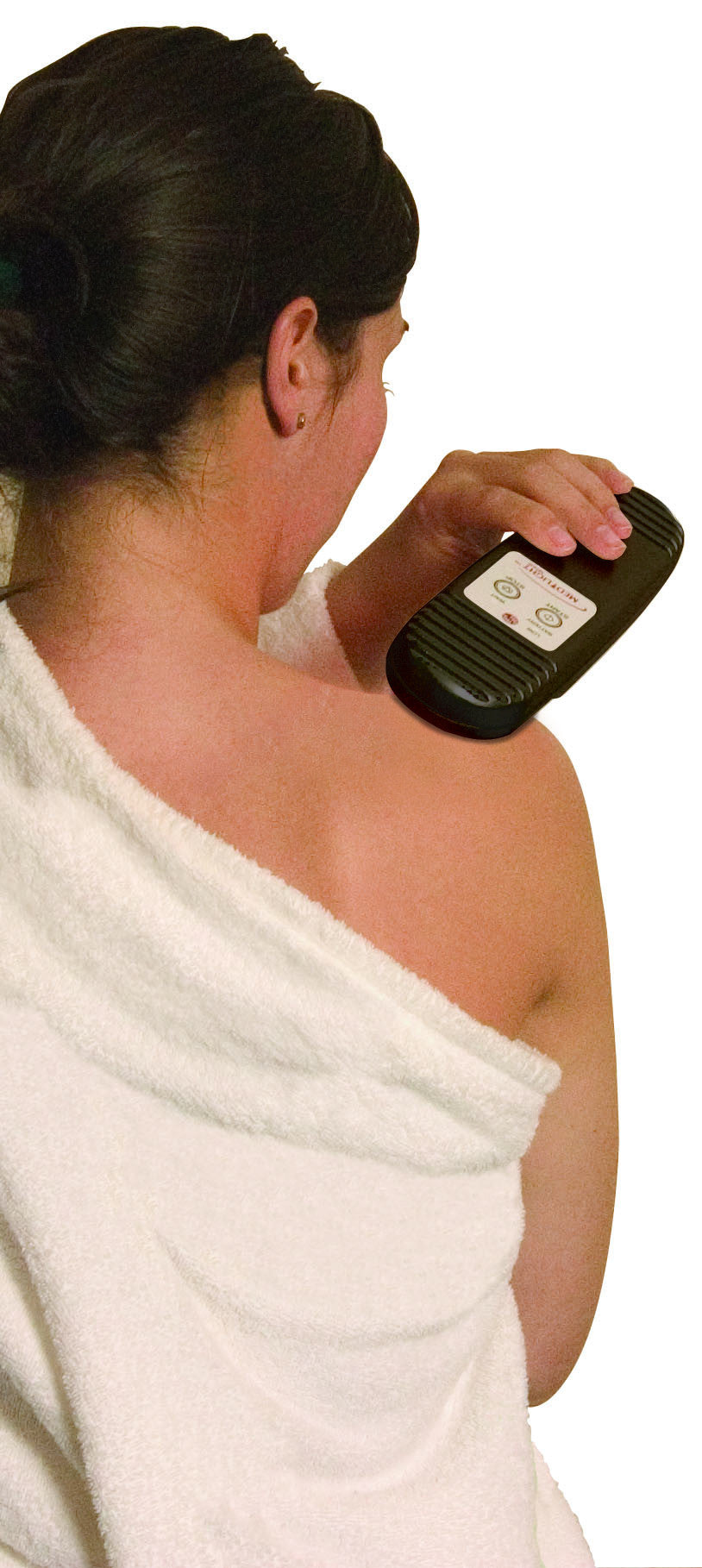If you are experiencing a lack of cellular oxygen and poor blood supply caused by various conditions or injuries, this may allow the cells and tissues to take advantage of the benefits of the LEDs near IR energy. Multiple studies have demonstrated that under these compromised conditions, the introduction of near IR energy enhances the tissue’s metabolic activity in these injury-challenged tissue components. While the near IR energy from LED light therapy for pain has a significant effect on damaged cells and tissues, normal healthy cells and tissues are appreciably less affected.
The cellular cascade effect (a series of interlocking biological events caused by the actions of enzymes and the presence of near IR light) has a significant impact on cell and tissue function. A considerable number of the reactive proteins are enzymes, and respond to near IR energy. The effects of near IR energy are amplified in the stimulation of beneficial enzymes and depression of detrimental enzymes.
What are these effects? The particular affinity of photoreactive enzymes is to accelerate functions in the presence of LED light therapy for pain, near IR energy provides a critical increase in the molecule ATP (cellular energy unit) and Nitric Oxide (a potent vasodilator which increases local blood circulation). These increases enhance cellular metabolism and circulatory improvement as well as nerve function. In short, the near IR energy of LED pain therapy devices facilitates cellular and tissue repair, which in turn, relieves pain. Read on for a more in-depth look at the benefits of LED Light Therapy!

